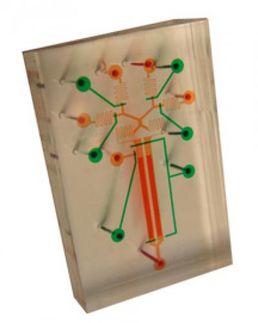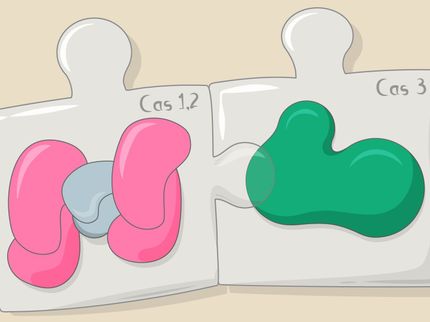Questions & Answers on EHEC infections caused by vegetable foods
Advertisement
In May 2011 an increased number of cases of EHEC infections occurred with partly severe courses of the disease and even fatalities. According to the current state of knowledge there is a strong suspicion that these cases are attributable to tomatoes, cucumbers or green sal-ads which are contaminated by bacteria.
Normally the infection risk involved in the consumption of fruits and vegetables is lower than for animal products. Against the backdrop of the outbreak situation in May 2011, consumers should, however, observe certain rules of behaviour in order to keep their personal infection risk as low as possible.
With a view to basic and more detailed information about EHEC, please consider the con-sumer tips of BfR “Protection against infections with enterohaemorrhagic E. coli (EHEC)” of January 2011.
How can humans contract EHEC through fruits and vegetables?
Humans contract EHEC as a rule orally. The pathogens are frequently taken in at the consumption of EHEC-contaminated foods. In this way an infection can be caused by contaminated vegetables or fruits.
Why can fruits and vegetables be contaminated by EHEC?
Fruits and vegetables can be contaminated with the germ by EHEC-contaminated water or natural fertilizers. Furthermore, the pathogen can also be transmitted at the preparation of foods through a so-called cross-contamination. In this case germs from a contaminated (mostly raw) food (e.g. meat) reach another (mostly ready-to-eat) food (e.g. salad). The bac-teria can be transmitted during the preparation of foods through the direct contact with foods. However, also an indirect transfer via hands, equipment, working tops, knives or other kitchen utensils is possible. A cross contamination is, for instance, possible, if initially raw meat is processed and then salad is cut with the same knife.
How can an infection by fruits and vegetables by avoided?
Basically, it can be stated that compliance with hygiene rules lowers the risk of infection, For fruits and vegetables the following must be observed:
- Wash hands thoroughly with water and soap and dry them carefully before the prepa-ration of foods and after a contact with raw meat.
- Store and prepare raw meat separately from other foods (e.g. vegetables), also dur-ing barbecuing (use different cutting boards, plates, tongs).
- Vegetables, fruits and other foods which have come into contact with the suspected products (e.g. contaminated vegetables) should likewise not be consumed raw. Such a contact exists, for instance, if the products are stored next to one another.
- Clean thoroughly with a rinsing agent and hot water and dry surfaces and objects af-ter a contact with raw meat, its packaging or condensation water.
- Replace as far as possible washcloths and towels after the preparation of raw meat and wash them at a minimum temperature of 60 °C.
- Wash crude fruits and vegetables thoroughly prior to consumption (at least 30 sec-onds with strong rubbing, possibly with hot water) and, if necessary, peel them. Washing and peeling of vegetables reduce the germ count and hence the risk of in-fection. However, they do not completely eliminate the germs.
Given the serious outbreak in May 2011it is recommended, for precautionary reasons, to discontinue, beyond these hygiene measures, the consumption of non-heated vegetables which are suspected as cause for the outbreak until the identification of the exact reason for the outbreak. Already small amounts of germs are sufficient for an infection so that a trans-mission is very easily possible.
How can EHEC bacteria be killed?
EHEC are killed by heating processes such as cooking, frying and stewing. This presupposes that a temperature of 70 °C is reached in the core of the food for at least two minutes. These bacteria are, however, comparatively insensitive to other environmental influences such as an acid environment, cold and desiccation. Deep freezing of foods does not permit a reliable killing of EHEC bacteria either.
The pathogen does not survive the usual heating processes during the production of pre-serves. In the case of products such as pickled cucumbers, the low pH and the salt content constitute as a rule a sufficient preservation.
Non-heated, merely washed vegetable foods, such as salad packed in bags, can contain EHEC pathogens.


























































